Wii Micro
Small Formfactor Wii with Modern Ports

This is the Wii Micro. The project involved cutting a Wii mainboard to a much smaller size (yes, you actually dremel away most of the mainboard), while maintaining the essentials like the CPU and GPU. Custom Power Regulators, ports, and the Bluetooth chip had to be added back in, while components like the GameCube controller ports, the Wifi module, and foremost the disc drive were not needed anymore.
My main motivation was to bring the Wii to a smaller formfactor and to add modern ports like HDMI, USB-C and USB-A.
The Wii is running a custom firmware called RVLoader which eliminates the need for the Wifi module (which is originally needed at boot time), and allows me to launch games from the USB drive.
For power I used a USB-C PD (Power Delivery) Board alongside a compatible power supply (12V @ 1A). This eliminates the need for the huge original power brick.
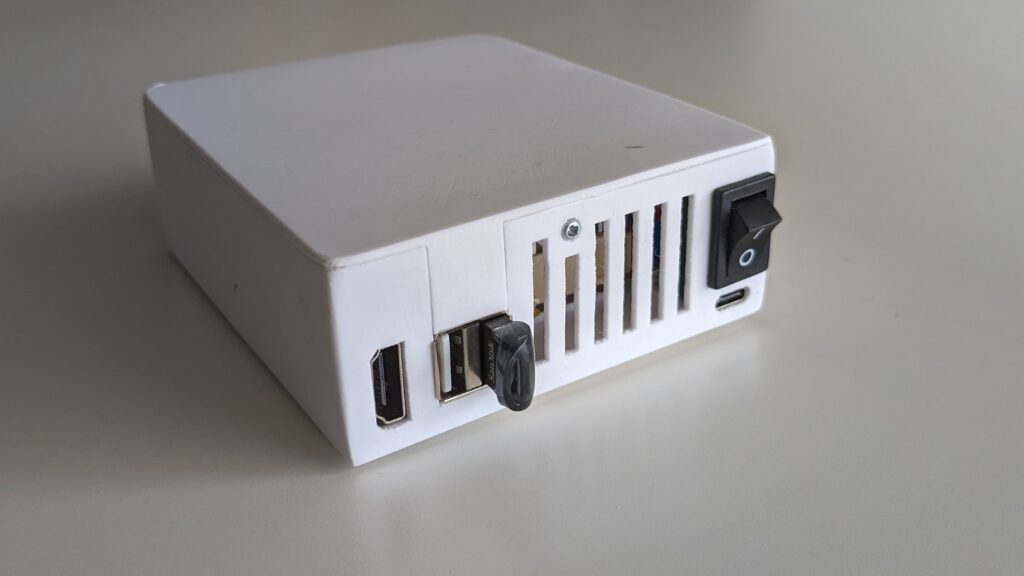
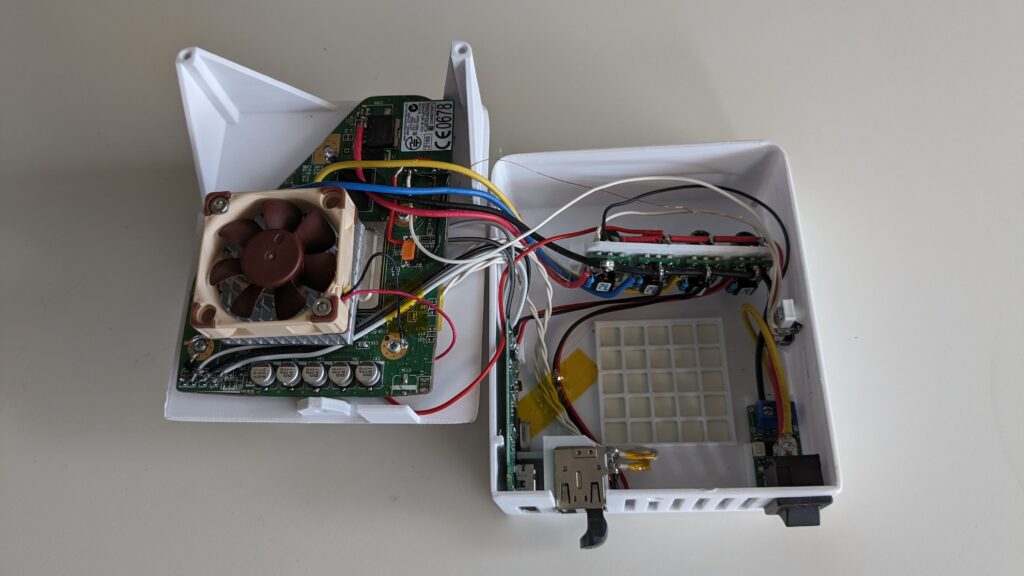

Maludo Uno
1-Key Keyboard
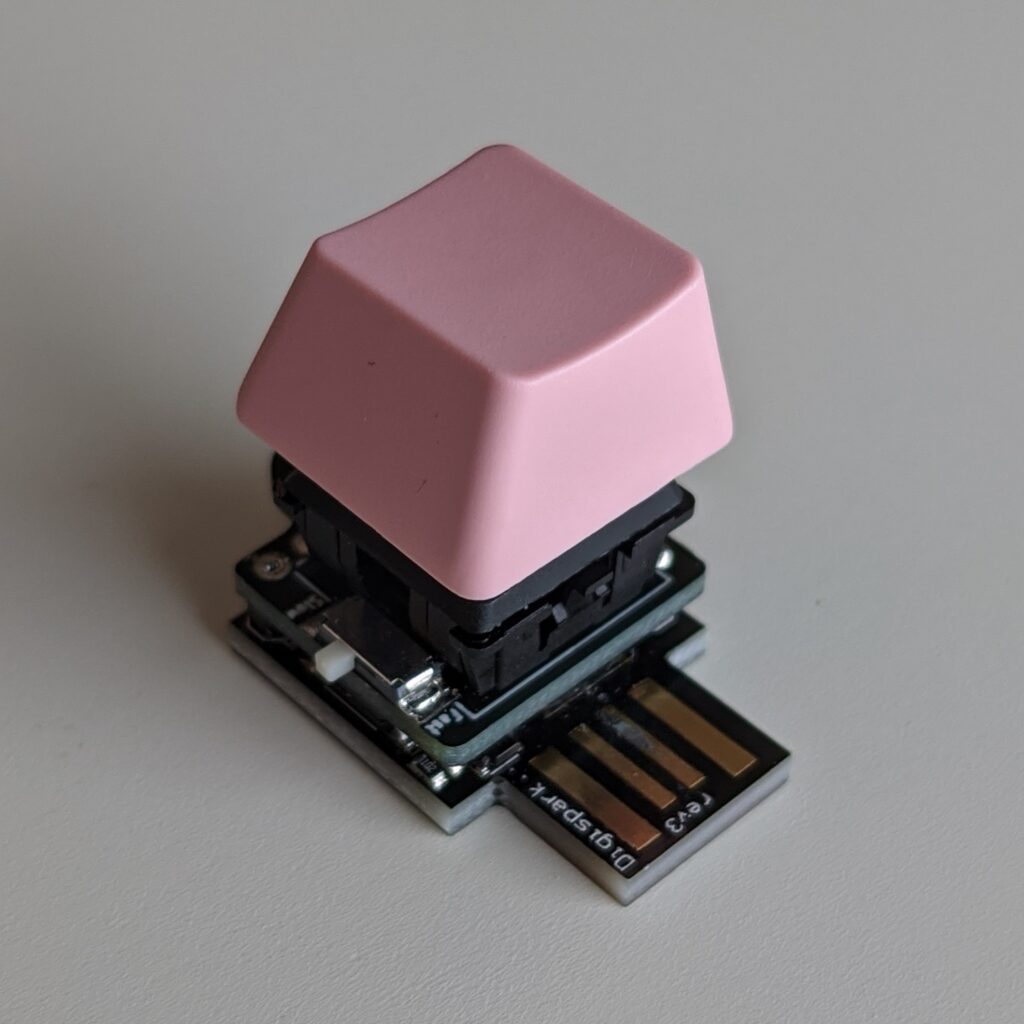
Maludo Uno is a fun project that involves building a 1% (so 1 key) keyboard that allows for input using morse code. This project uses Digispark, which is a board with an Atmel Attiny85 Microcontroller that can be directly plugged into a USB port and programmed over USB using the Micronucleus bootloader. To create the keyboard, a custom PCB was designed my me and manufactured by jlcpcb.com. The keyboard was programmed using custom code and the Arduino IDE. You can find the project on Github, and the Arduino code and wiring diagram here.
3D Printer

Since February 2021 I own an Ender 3, which is the most popular 3D printer on the market. I have connected it to a Raspberry Pi running Octoprint, which allows for remote control and many plugins adding functionality. I have printed numerous upgrades for the printer with the printer, such as a Filament Runout sensor, BLTouch mount (calibration tool), fan ducts, webcam mount, Raspberry Pi case/holder, and a screen cover. Additionally, added custom shortcut buttons for convenience.
Dactyl Manuform
3D Printed Ergonomic Split Keyboard

I build the Dactyl Manuform, which is a 3D printed ergonomic split keyboard. The step-by-step process involved generating the keyboard case’s 3D model using an online generator tool, 3D-printing it, soldering the keys in a matrix array, wiring the ports, connecting the microcontroller, and closing up the case.

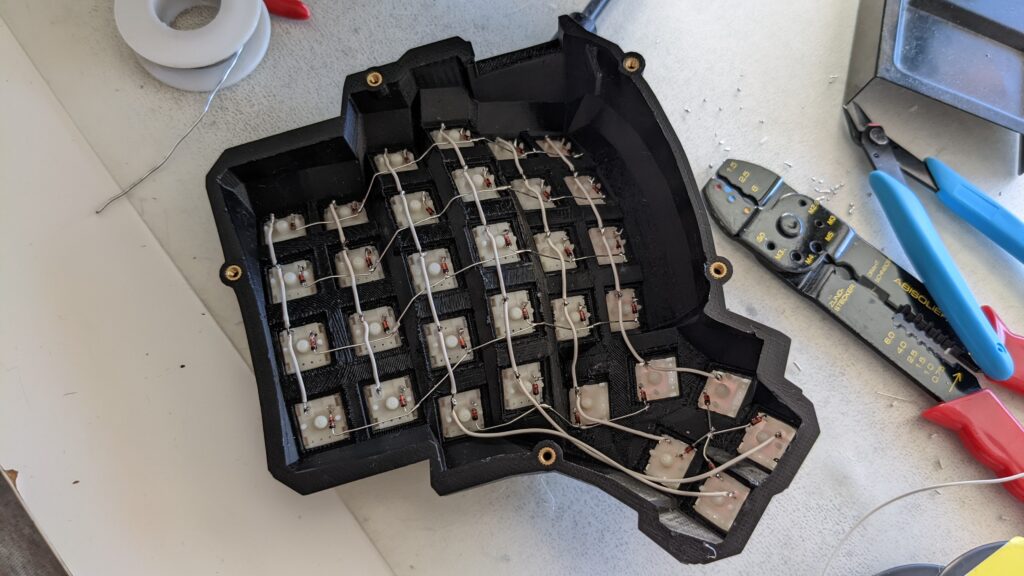

Smart Home Dashboard
Custom E-Ink Display Dashboard
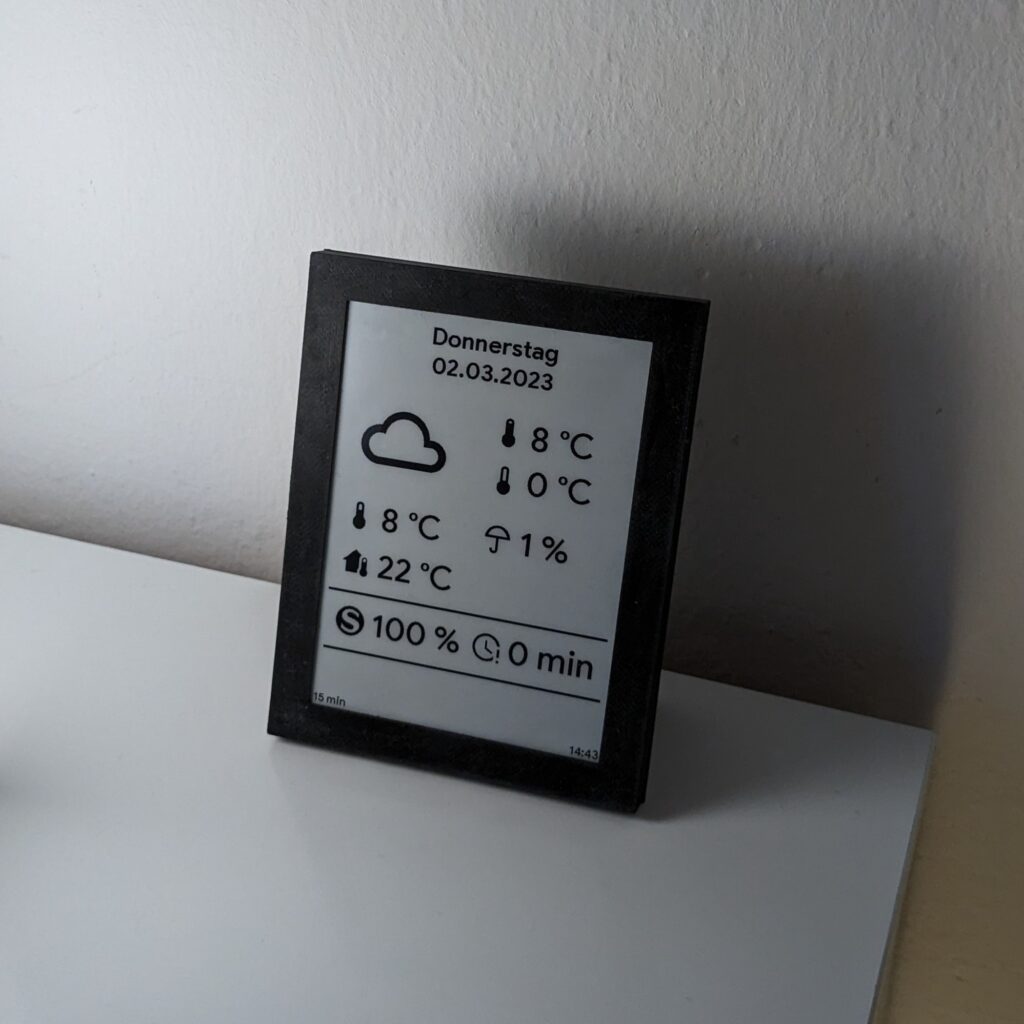
I created a custom dashboard with an e-ink display that shows various information about my smart home, including weather, temperature, punctuality information about the Munich S-Bahn, 3D printer status, and friends’ birthdays fetched from my Google calendar. Inside custom Docker container on my home server, a custom Python script fetches all necessary information using APIs and my own Python MVVLive library (for information about S-Bahn), and generates a black-and-white image. Inside the dashboard, a Rasberry Pi Pico microcontroller downloads image from my home server and displays it on the e-ink display.
Smart Home Amplifier Integration
Amplifier Made Smart
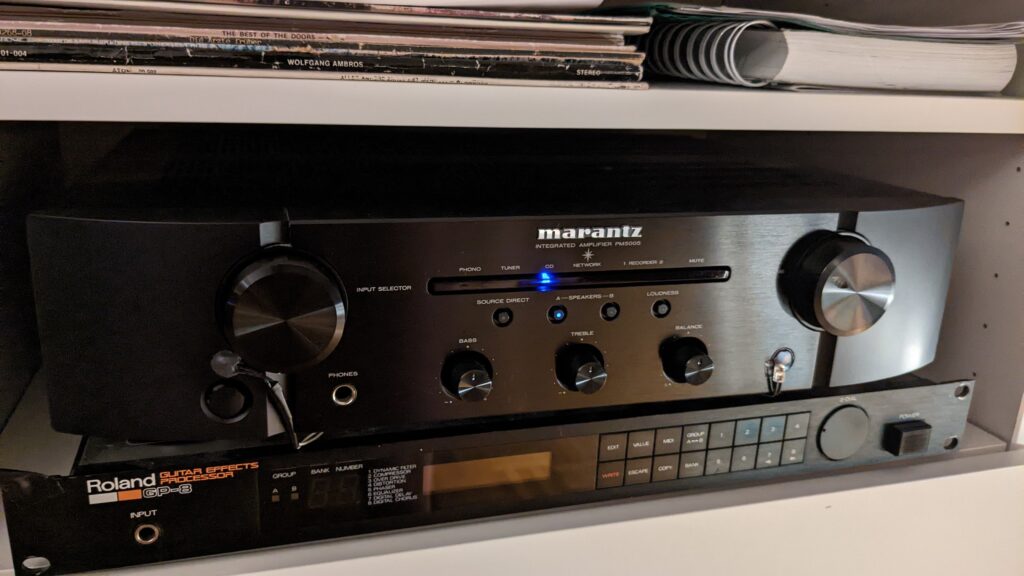
I like my Marantz PM5005 Amplifier. But unfortunately, every time I want to turn it on or off, I need to get up, get its remote and press a button, which is definitely too much work for me 😅 Also it would be best to turn power down the external Bluetooth receiver if the amplifier is off.
Now I only press a single button on my phone to turn on both the amplifier and the Bluetooth receiver. A small Wemos D1 Mini “Wifi Arduino” board listens to that button press. When triggered, it sends out a specific infrared signal over the connected IR LED to my amplifier, and powers up the Bluetooth receiver using a transistor. The Wemos D1 board is integrated in my Home Assistant network (open source local home automation, hosted on a Raspberry Pi) using ESPHome.
Smart Light
“Dumb” LED Light Strip Made Smart

I took a small Wemos D1 “Wifi Arduino” board with the necessary electric components and connected it to a cheap LED light strip. In ESPHome, I wrote a simple “configuration.yml” file, uploaded it to the Wemos D1 Mini and integrated it along my other smart lights into Home Assistant (open source local home automation, hosted on a Raspberry Pi).
Home Server
Office Computer Turned into Home Server

I realized that buying Raspberry Pis to host multiple services was getting out of hand, so I bought a used Fujitsu office computer and installed Proxmox (open-source platform for virtualization). I created virtual machines for Docker, Plex server (self-hosted client-server media player platform), Pihole, OpenVPN, Open Media Vault, and more. Within the Docker VM, I host additional services like Caddy (a reverse proxy), multiple Minecraft servers, Smart Home Dashboard image generation, Firefly III (open source personal finance manager), and of course, this personal website.